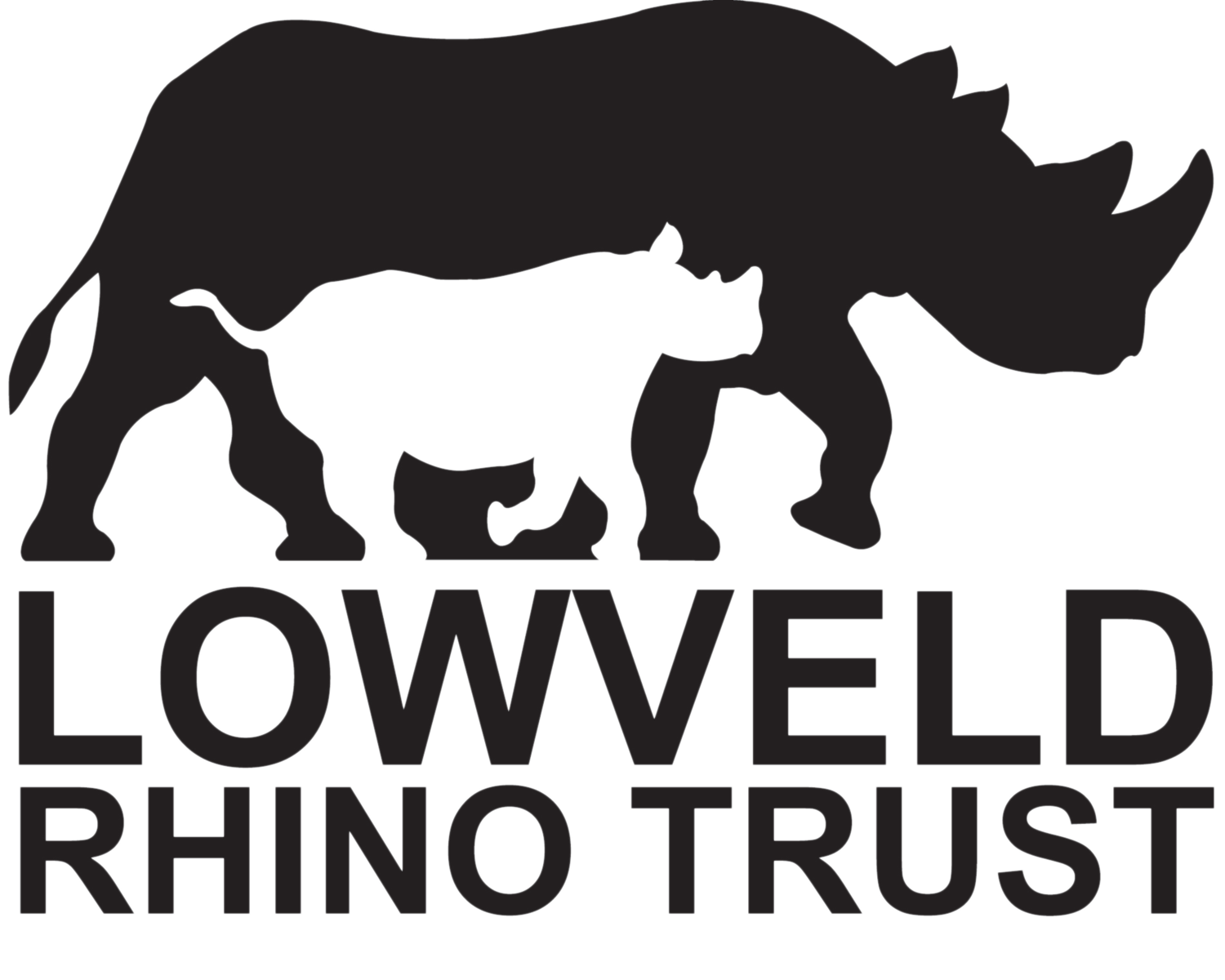A Vet's Perspective of 2011
Words & pictures Dr Chap Masterson
2011 saw continuation of the sustained poaching onslaught on rhino populations in South Africa and Zimbabwe. Lowveld Rhino Trust (LRT) has continued to provide technical and management support for rhino populations, mainly in in the SE Lowveld of Zimbabwe where well over 80% of the country’s remaining rhinos now reside. Aside from the usual annual rhino darting operations for management purposes, in which a total of some 70 animals were darted, primarily to positively mark rhinos for individual identification and so facilitate population monitoring at the individual level, the on-going poaching challenge necessitated several veterinary interventions, by either myself or Dr Chris Foggin, of the Wildlife Veterinary Unit, to treat animals wounded to various degrees by bullets or wire snares or to capture calves orphaned by poaching events. All such interventions undertaken on Save Valley Conservancy, Bubye Valley Conservancy and Chipinge Safari Area were funded via LRT and were greatly facilitated by the new LRT veterinary Toyota Landcruiser purchased with a grant from USF&WL (with the help of Save the Rhino International).
As with all such attempts to save victims of poaching the treatment outcomes were a mixed bag of happy endings and deep heartache. On the one hand we had the case of the black rhino bull “Maduma”, shot five times, traumatically dehorned and left for dead. Obviously one of the bullets, presumably the one which hit the angle of his jaw, knocked him unconscious enabling the poachers to cut off his horns – severely mutilating his face in the process – before making good their escape. The bull was however made of tougher stuff and upon regaining consciousness was found stumbling around with severe injuries and blood loss. His pluck and resilience as well as his ability to feed and drink tipped the decision towards attempting a treatment rather than euthanasia. He did very well for over a month before what must have been a hairline crack in his shoulder blade – caused by one of the bullets – gave way and I was left with no choice but to euthanize him – the heart-wrenching irony being that his ghastly facial wounds had all but healed by that time.
As sad as the loss of Maduma was, we can thankfully report that all other animals treated for various wounds had happier endings. The most encouraging of these being the case of the black rhino cow “Double” and her bull calf “Trouble” ambushed by poachers on their way to water on Save Valley Conservancy late one afternoon in October. Of 25 bullet casings found at the scene, fired from AK-47 assault rifles, seven were found to have hit the cow, including three in the head, two in the left foreleg, one in the left knee and one high in her rump with her calf having taken a bullet in his left front knee. Due to the relentless and dedicated tracking efforts of the LRT scouts in difficult terrain, enduring unbearably hot conditions, it was possible to treat the animals timeously and all their wounds responded well to the early medical intervention.
Two orphans were retrieved after their mothers were killed by poachers, one from Bubye Valley, the other from Save Valley Conservancy. The first of these, a 10 month old bull calf “Be-Brave”, earned his name standing vigil by the carcass of his poached mother despite the attentions of a pride of lions intent on scavenging and perhaps indulging themselves in some fresh rhino calf - judging from claw marks found on the young rhino’s back when he was captured for bottle-raising a few days later. Both calves were delivered into the capable care of Katrina and Blondie Leatham and their rhino assistant, Enos, of Bubye Valley Conservancy.
Lowveld Rhino Trust, with funding from USF&WL, also provided support and veterinary services, in conjunction with SAVE Australia, Dambari Wildlife Trust and the Wildlife Veterinary Unit, for rhino darting operations, to dehorn, ear notch and implant VHF transmitters, in intensive protection zones (IPZs) in Hwange and Matopos National Parks.
In addition, as LRT veterinarian, I was privileged to be made available as additional wildlife veterinary capacity in support of Dr Chris Foggin of the Wildlife Veterinary Unit, a long-time partner of LRT and a legend in rhino conservation in Zimbabwe.
On a personal level, having made the rather daunting move to return to my homeland, Zimbabwe, with a young family, and despite the trials and challenges that this entails, I can safely say, a year later, that I could not imagine being anywhere else other than right here, privileged to be a member of a dedicated team determined to secure the future of our beleaguered rhino populations. In this regard LRT is enormously grateful to all our supporters, donors and partner institutions enabling continuation of our work.

